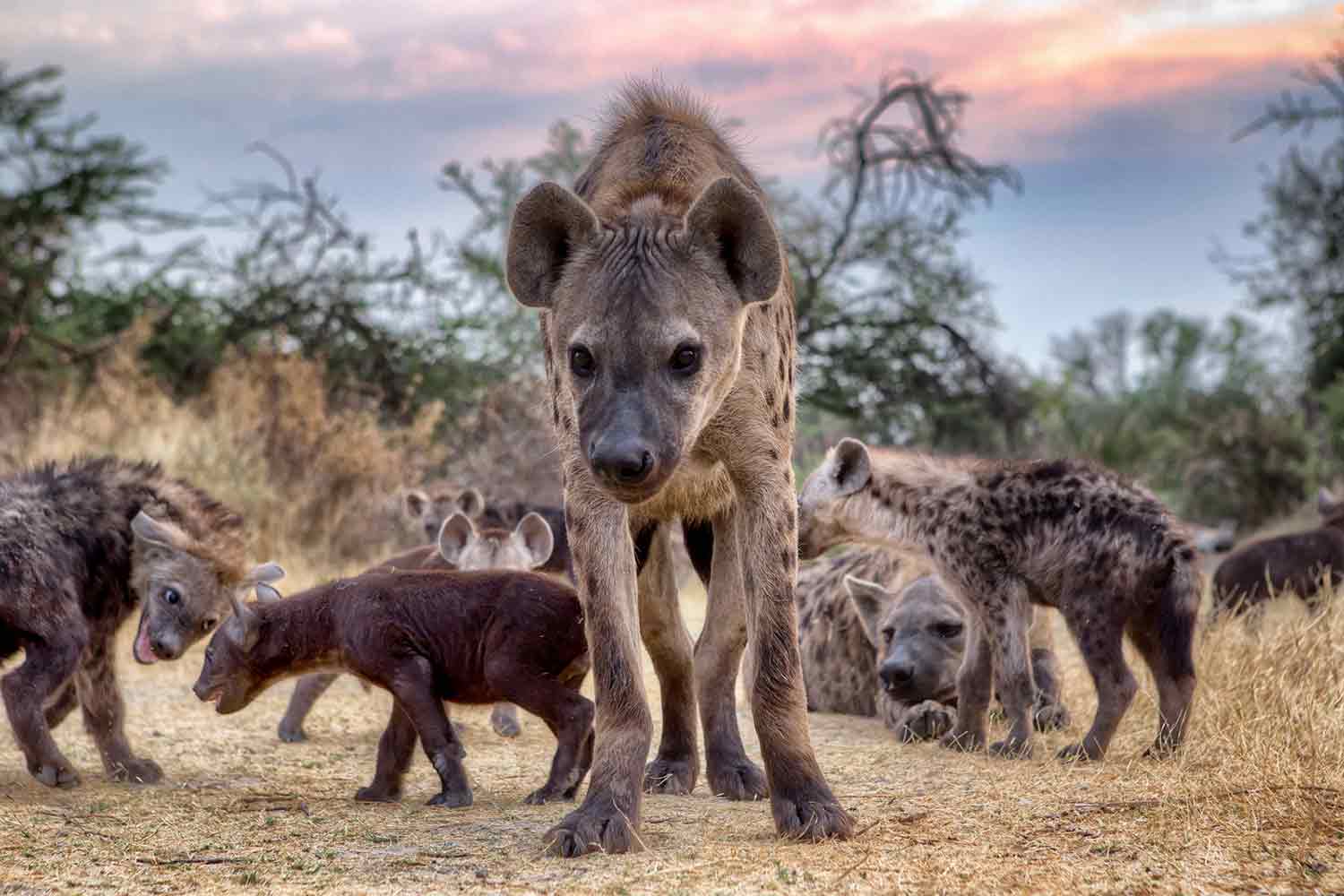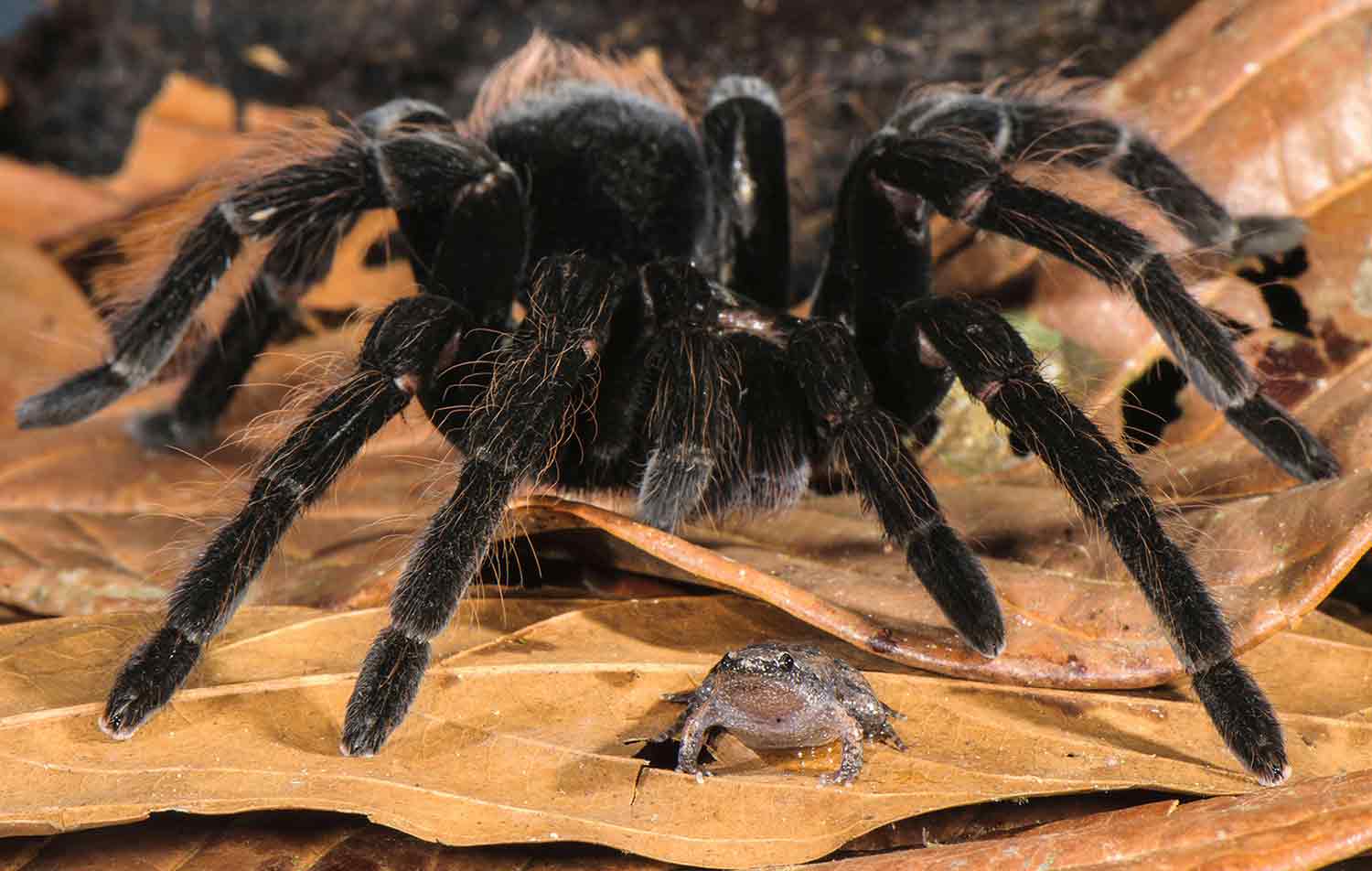Unlikely Roommates
Scientists were surprised to observe hyenas, porcupines, and warthogs—three animals that aren’t usually peaceful with one another—sharing dens.

© marina_dikh/stock.adobe.com; Illustration Encyclopædia Britannica, Inc.
The best of friends?
Porcupines and warthogs are known to be prey for the spotted hyena. So scientists were surprised when they realized that hyenas, porcupines, and warthogs were peacefully sharing dens in a wildlife preserve in Kenya.
Scientists made the discovery when they were reviewing footage from cameras that had been set up outside two dens. At one point, one of the dens was home to two porcupines, three warthogs, and seven hyenas. The other housed two porcupines, six warthogs, and 11 hyenas. All the animals used the same entrances to the dens. Sometimes all three species entered the dens within minutes of each other. There’s no evidence that there were any fights—or worse—in the three years the scientists observed the dens.
Since the three species aren’t usually peaceful with each other in the wild, scientists aren’t sure how the living arrangements worked. They believe there may have been separate chambers inside the underground dens, so the inhabitants didn’t get in each other’s way.
Marc Dupuis-Désormeaux, the lead author of a study on the living arrangement, says it’s likely the animals decided to share existing dens rather than dig new ones during the dry season, when the ground is hard. In fact, when the rainy season arrived, the animals seemed to stop sharing the dens.
Also, the porcupines and warthogs would have been safe inside the dens. Hyenas use stealth to hunt—but they can’t sneak up on their prey in a small space.
“They’re just faced with a faceful of really nasty warthog tusks or porcupine spines,” Dupuis-Désormeaux told Radio France Internationale.


